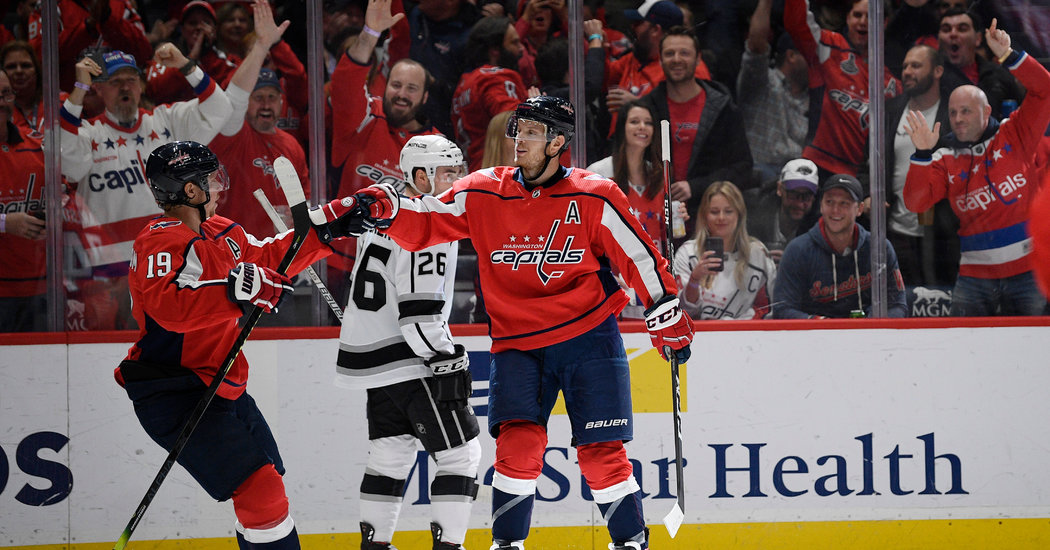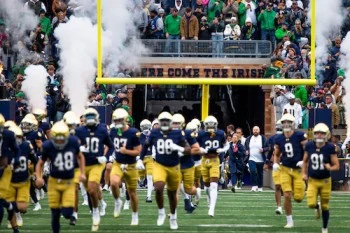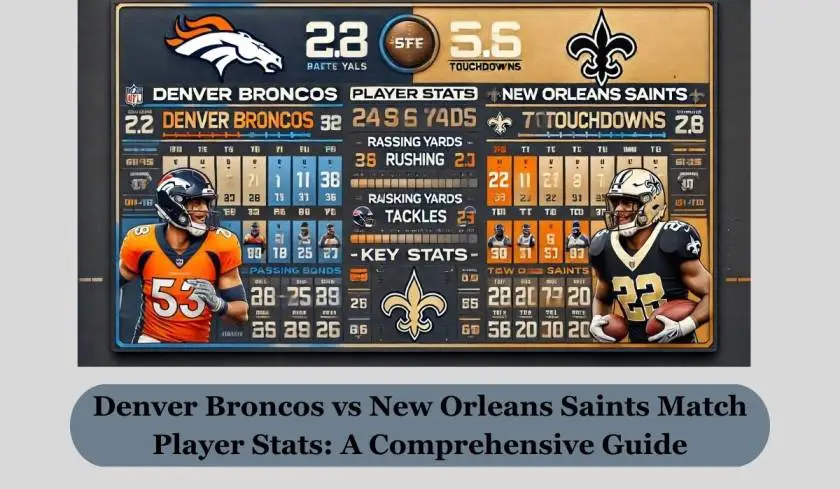
The N.H.L. Has a Scoring Blitz. Defensemen Are Leading It
Within the thoroughly modernized N.H.L., an antique adage has made a comeback: the best defense is a good offense.
As rule changes, evolving strategies and advanced training have combined to produce an uptick in overall scoring, this era’s defensemen have contributed an offensive surge of their own.
Nine defensemen are on track for 60-point seasons, the most since the 1992-93 season, when 14 defensemen accumulated 60 or more points, and a stunning 21 forwards racked up 100 or more.
“In today’s game you see a lot more skill with offensive defensemen,” said Nicklas Lidstrom, who played for Detroit from 1991 to 2012, when he tied a record by winning seven Norris Trophies. “They’re a part of the rush or even initiating the rush, leading the rush, and they’re all good skaters.”
Lidstrom said that defenders today are more dynamic that his peers in his early years, when their primary tasks were playing a more physical, confrontational style of defense, slowing opponents through the neutral zone and making short, simple passes.
“When I started in the ’90s, the typical defenseman was a bigger guy who was real strong in his own end. Now, I think you’re looking at defensemen that are mobile, that can move the puck and have a lot of skill,” Lidstrom said. “The game has evolved to becoming a more skilled and faster game.”
Two such offensive weapons will be on display Thursday when John Carlson and the Washington Capitals visit Cale Makar and the Colorado Avalanche. Carlson, the Norris Trophy favorite, is the league’s points leader (67) among defensemen and is chasing the first 100-point season for a defenseman since Brian Leetch accumulated 102 for the Rangers in 1991-92. Makar, the leading candidate for this year’s Calder Trophy, is on pace for 68 points, and with a late-season surge he could reach Larry Murphy’s record of 76 points for a rookie defenseman.
Carlson has been prolific and clutch: Six of his 15 goals have been game-winners, which leads the Capitals.
“He’s been one of those guys who’s just been a super consistent, offensively talented guy on the back end,” Makar said of Carlson. “He’s an unreal player and he’s been able to help that team a lot.”
That respect was mutual, as Carlson lauded the 21-year-old Makar’s swift transition from playing in the Frozen Four final with Massachusetts to taking the ice in the Stanley Cup playoffs last spring.
“He’s very dynamic skill-wise and he’s one of the best skaters in the league,” Carlson said of Makar, whose speed, acceleration and edge work have made him a force.
The pair exemplify the evolution in scoring that began after the 2004-05 N.H.L. lockout. With scoring at a low point and the league’s popularity at risk, the league removed the two-line pass rule and began more strictly enforcing obstruction rules. Scoring increased more than half a goal per game per team in 2005-06, to 3.08 goals on average, and is holding steady at 3.05 this season.
The scoring boom ushered in a change in convention among defensemen when the Pittsburgh Penguins won back-to-back Stanley Cups in 2016 and 2017. The skilled blue liners Kris Letang and Justin Schultz each had a season of more than 50 points for those Penguins.
“There’s a whole shift in the way the game’s gone. When Pittsburgh won their two Cups in a row, they were super skilled, super fast,” said Anaheim Ducks defenseman Cam Fowler. “They put pressure on you more with their speed instead of their physicality. You’ve seen a lot of teams go that way.”
Fowler added that teams have tended toward reliance upon shot-blocking, often stacking defenders near the goal. That has opened up space for defensemen to shoot from the point, join a cycle or otherwise initiate offense.
San Jose’s Erik Karlsson, who has more points than any other defenseman since he entered the league 11 years ago, said that the line was becoming blurred between the roles of defenders and forwards.
Karlsson and others note the individualized training that amateur players receive for skating, puck handling, strength, conditioning and nutrition as a reason that more players are able to quickly handle more responsibilities. Players also spend more time on the ice in the summer, refining their techniques.
“Kids are starting to work out when they’re 10 or 11 years old now, where we were playing Shinny until we were 16,” Karlsson said.
That is not to say that defensemen are focused narrowly on offense, as most of the top players can still impose their will over all 200 feet of ice. One such player, Drew Doughty of the Los Angeles Kings, has won two Stanley Cups, two Olympic gold medals and a Norris Trophy. That all happened while he changed his reputation from an offensive defenseman — he scored 59 points in his second season and didn’t surpass that total until his 10th — to a defensive anchor.
“A lot of people just define success as how many points guys are putting up. You never see a guy like Roman Josi mentioned enough, how well he controls the game,” Doughty said. “Those are the guys who I really respect, guys that control the game, that move the puck well, get up on the rush well.”
Nashville’s Josi, who has the league’s second highest points total among defensemen this season, said he thinks skilled rear guards will flourish over time when they can create transitions, beat opponents one-on-one and lead offensively.
“You see the young kids, what age they’re starting power skating and all that stuff now, and their skill,” Josi said. “A lot of players have individual coaches, too, not just the team coaches. Hockey’s just evolved. Everything’s just getting better and better and better.”








